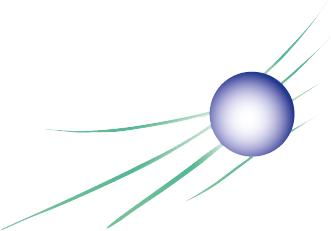Dipanjan Mukherjee and members of the BIMC team led by Yves Mély, along with their collaborators from the Instituto de Química Física Blas Cabrera (IQF-CSIC), the Université de SanDiego, the Istituto Biostrutture eBioimmagini and the Università Di Siena have just published a new article in the international journal Nucleic Acids Research.
This study highlights the central role of the UHRF1 protein (Ubiquitin-like, containing PHD and RING fingers 1) in the faithful transmission of DNA methylation patterns during cell division. UHRF1, through its SRA domain, recognizes methylated cytosines in DNA and recruits the DNMT1 methyltransferase to copy this epigenetic mark onto the complementary strand.
By combining innovative approaches—fluorescent probes (thienoguanosine), rapid kinetic measurements (stopped-flow), molecular modelling and quantum mechanical calculations —the researchers characterized the kinetic mechanisms of the interaction of the SRA domain with hemimethylated and non methylated DNA.
The results reveal a multi-step process involving the formation of an initial complex followed by a base flipping of cytosine or methylcytosine into the SRA binding pocket. While for unmethylated DNA, the cytosine rapidly flips back into the DNA to allow the protein to continue reading, a slow rearrangement of the complex is observed with hemimethylated DNA, which is essential for recruiting the DNMT1 protein.
This discovery sheds essential light on how UHRF1 distinguishes between methylated and unmethylated cytosine, a key mechanism for epigenetic memory and understanding pathologies linked to DNA methylation dysregulation.
This research was supported by the French National Research Agency, Labex NIE, and the CNRS.
Congratulations to all the authors!
Mukherjee D, Ciaco S, Martinez-Fernandez L, et al.
Decoding the base flipping mechanism of the SET- and RING-associated (SRA) domain of the epigenetic UHRF1 protein.
Nucleic Acids Research, 2025; 53(17)
Link: https://doi.org/10.1093/nar/gkaf909


